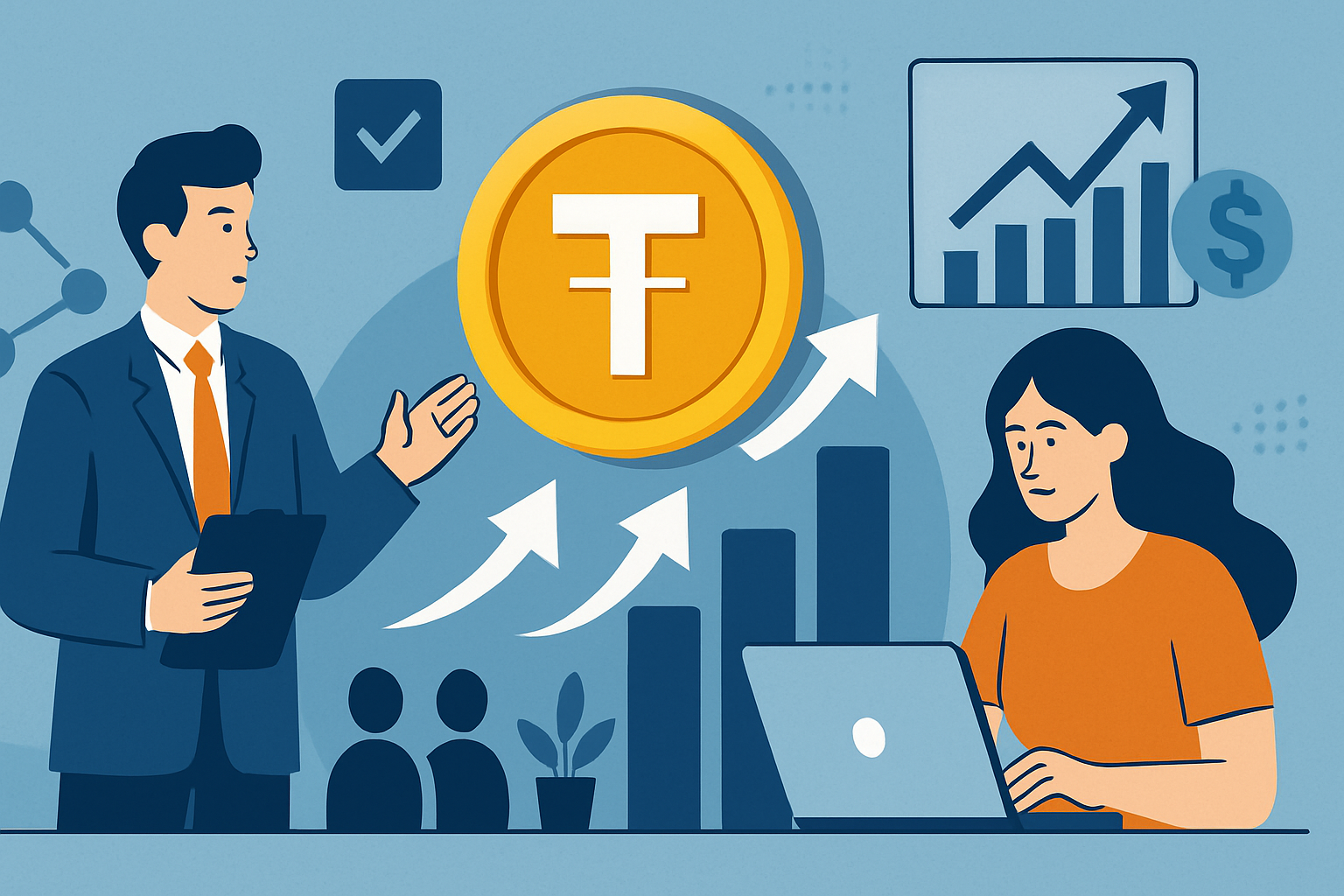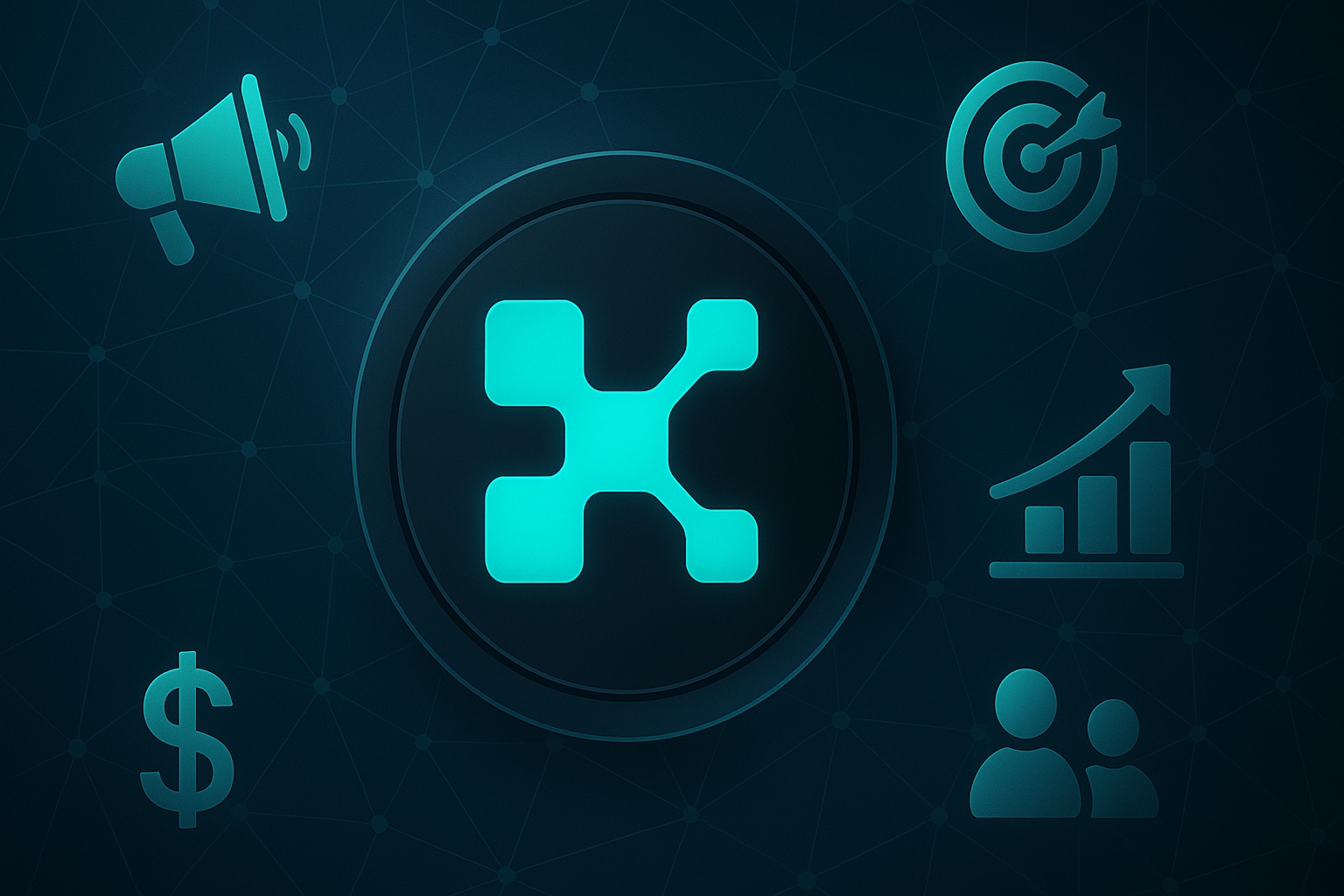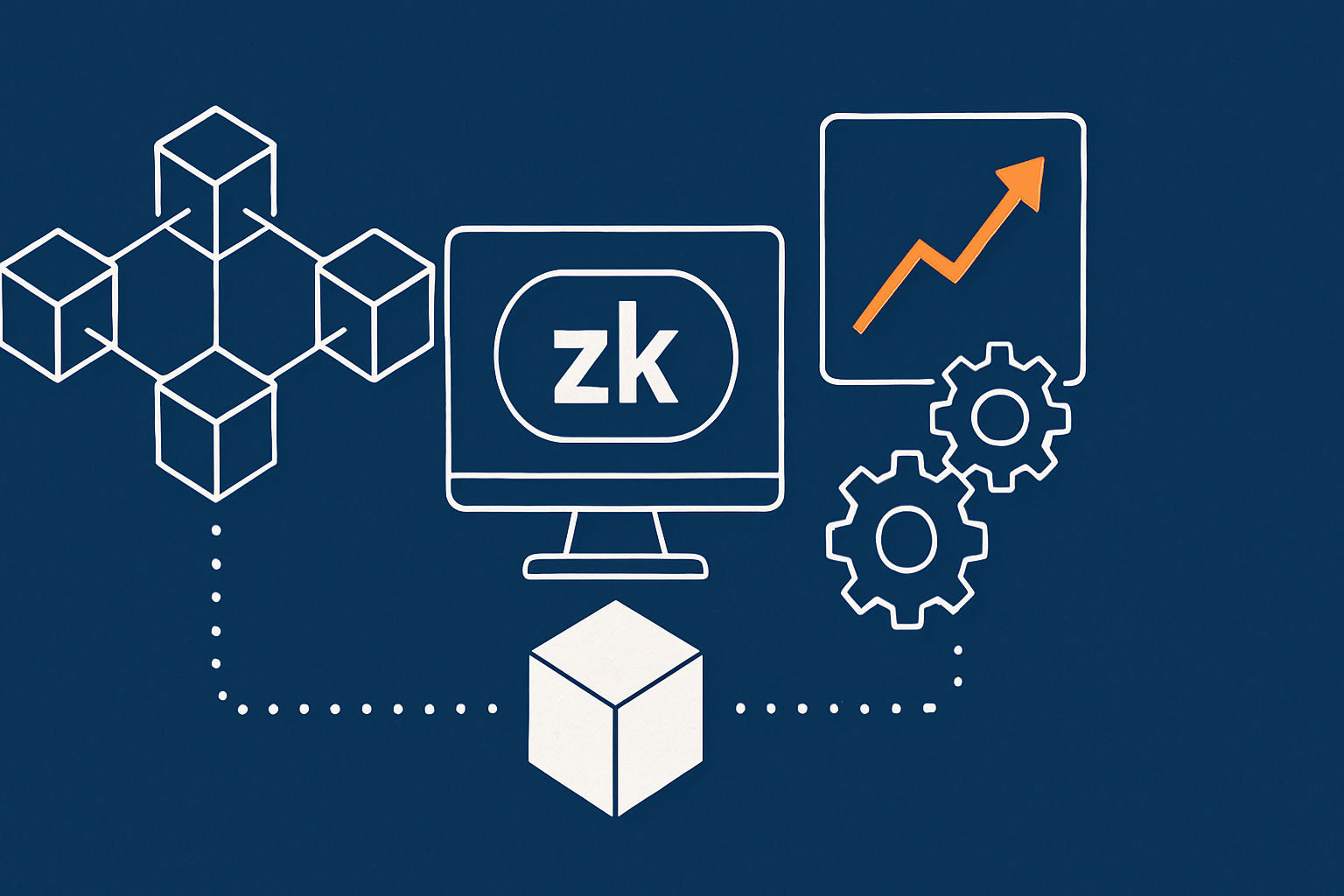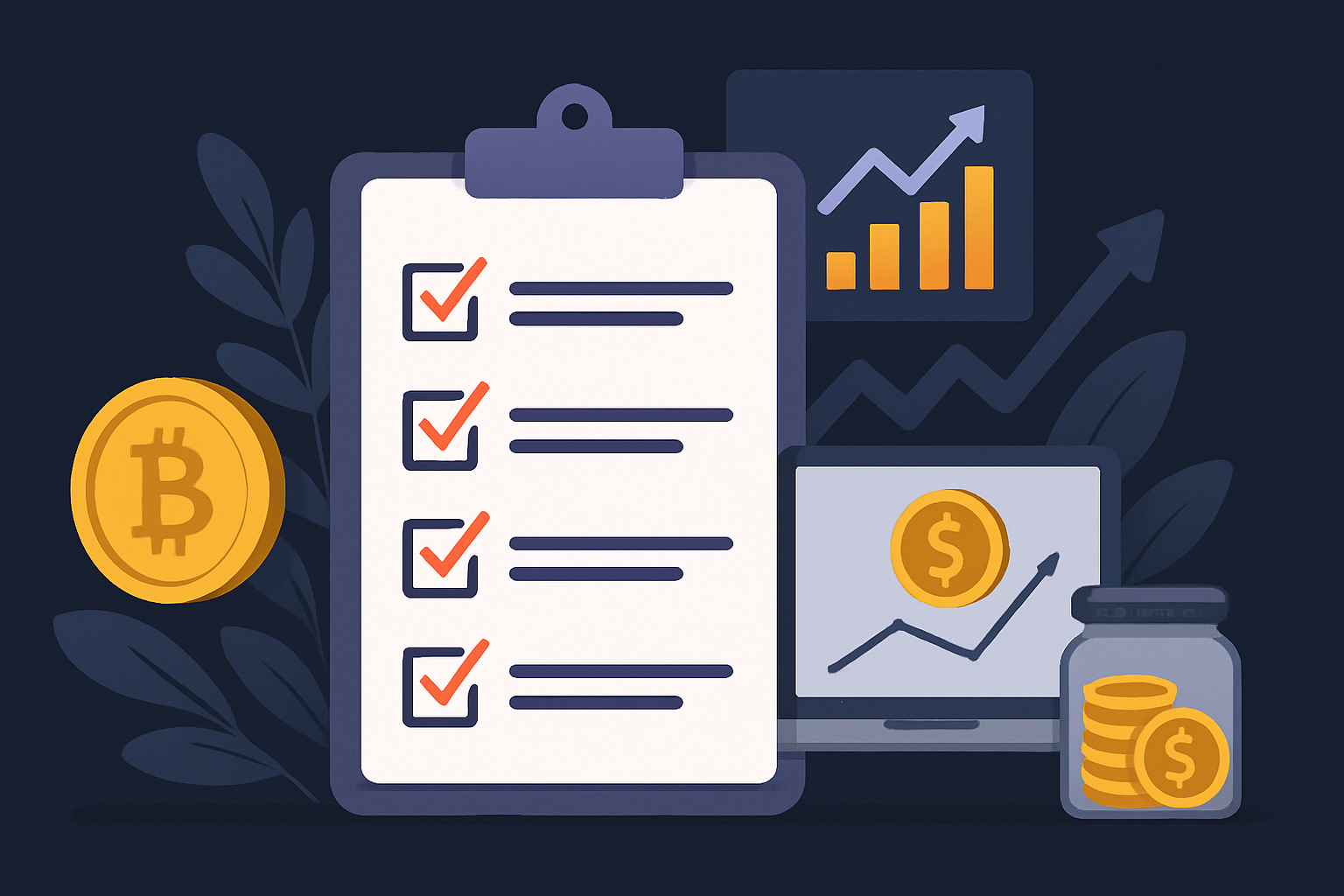
As the blockchain space evolves at breakneck speed, tokenomics has emerged as the foundation for sustainable token success. More than just a buzzword, tokenomics—short for token economics—defines the mechanics that govern a crypto asset’s supply, distribution, and incentive structures. Projects that neglect this vital component often experience unsustainable inflation, loss of user trust, or token devaluation. On the other hand, well-balanced tokenomics can help drive long-term utility, attract investors, reward early adopters, and maintain market stability. In this blog, we explore how to craft tokenomics that fuel sustained growth, engage stakeholders, and unlock lasting value in an increasingly competitive Web3 environment.
Understanding the Role of Tokenomics in Web3 Projects
Tokenomics is not just a set of economic principles applied to digital assets—it’s the strategic engine that powers user behavior, network effects, and value exchange within decentralized ecosystems. Whether you're launching a utility token, governance token, security token, or DeFi-native asset, the underlying economic model determines how your protocol interacts with supply-demand forces, rewards contributors, and scales over time.
In decentralized systems, where traditional corporate hierarchies are replaced with community-driven governance, tokenomics serves as the primary lever for incentivizing network participants. A thoughtfully designed token model creates alignment between founders, developers, investors, and users, ensuring that each stakeholder has a long-term incentive to contribute positively to the ecosystem.
Why Balance Is Critical in Token Design
Balance in tokenomics refers to the delicate interplay between inflation and scarcity, reward and risk, investor returns and user utility. If token emissions are too high, inflation can quickly erode value and make the token unsustainable. Conversely, overly deflationary models may stifle growth by creating hoarding behavior or reducing liquidity in DeFi systems.
Tokenomics must be rooted in long-term sustainability, not short-term hype. Projects that focus solely on pumping prices through artificial scarcity, aggressive marketing, or excessive staking rewards often collapse once early incentives dry up. Balanced token design enables steady value creation through utility, adoption, and consistent community engagement—elements that stand the test of time in any market cycle.
Key Components of Sustainable Tokenomics
To build tokenomics that withstand market volatility and promote organic growth, it’s essential to understand and fine-tune its core components. These include the total supply model, distribution strategy, vesting schedules, utility frameworks, governance mechanisms, and deflationary tools like burn rates and buybacks. Each component must work in harmony to maintain equilibrium across the token’s lifecycle.
The total supply must be determined based on use case demands. Fixed-supply models can mimic gold-like scarcity, while elastic models suit platforms with variable economic needs, such as stablecoins or synthetic assets. Distribution must ensure fairness and decentralization while rewarding early believers and key contributors. Vesting schedules should prevent dumping while allowing liquidity for ongoing development.
Crafting a Supply Model That Reflects Project Goals
Total supply is one of the first and most critical decisions in tokenomics. Whether you opt for a hard cap, an inflationary model, or a hybrid design, the decision must align with your project’s long-term mission. A capped supply model may work well for projects focused on store-of-value or limited digital assets, while inflationary supply benefits ecosystems requiring continuous incentives for staking, mining, or protocol participation.
If your protocol requires perpetual validator or contributor rewards, a modest and predictable inflation rate can ensure sustainability without diluting existing holders. Projects like Ethereum transitioned from a capped model to an inflationary one to facilitate long-term validator incentives, especially in the proof-of-stake era. The key lies in transparency and predictability—unexpected changes to supply can damage trust and liquidity.
Smart Distribution for Decentralized Adoption
A token's launch distribution sets the tone for its long-term decentralization and value appreciation. Whether via public sale, airdrop, yield farming, or community grants, the distribution model must prioritize broad ownership without giving outsized influence to whales or insiders. Excessive allocations to early investors or team members can skew governance and suppress retail interest.
A balanced distribution model typically includes a combination of public allocation, community incentives, ecosystem funds, and team/advisor shares. Public sales, whether conducted via IDOs or launchpads, should be accessible and fairly priced. Team and advisor tokens should include multi-year vesting with cliffs to ensure long-term commitment. Community rewards must be designed to create loyalty and usage—not just speculative holding.
Vesting Schedules That Ensure Commitment and Stability
One of the most effective ways to prevent price manipulation and maintain stability is through well-structured vesting. This applies to both early investors and the founding team. Vesting mechanisms prevent immediate token dumps post-TGE and signal a commitment to building over the long haul.
A typical vesting schedule might include a 6 to 12-month cliff followed by linear vesting over 2–4 years. This gives projects the breathing room to develop real utility while protecting retail participants from predatory sell-offs. Additionally, community grants and ecosystem development funds should follow milestone-based unlocks, linking value creation to measurable progress.
Designing Utility That Encourages Participation
Utility is where tokenomics meets real-world value. Without meaningful use cases, even the most elegantly designed token models become speculative tools with no staying power. Developers must build token functionality that integrates directly into the user experience—staking, governance, payments, access rights, protocol fees, and incentivization for desired actions are common use cases.
For example, in DeFi, utility might include staking to earn yield, collateralizing loans, or paying gas fees. In gaming, tokens might unlock access to exclusive experiences, power-ups, or NFTs. Governance tokens allow users to participate in decision-making, driving community-led innovation. The more ways users can utilize tokens within the ecosystem, the stronger the demand and retention.
Deflationary Mechanics to Control Supply Over Time
While inflation can stimulate early growth, deflationary mechanisms such as token burns, buybacks, or usage-based fee sinks are vital for long-term value preservation. These tools reduce circulating supply, thereby strengthening price support and signaling confidence in the project’s economic model.
Burning a portion of transaction fees, as seen in Ethereum’s EIP-1559 model, introduces a natural deflationary pressure without overly complicating the economic structure. Buyback-and-burn programs funded by protocol revenue or treasury funds are another effective method to align long-term token demand with ecosystem health. These mechanics should be transparent, automated where possible, and tied directly to real platform usage.
Incorporating Governance for Decentralized Control
Decentralization isn’t just a buzzword—it’s an evolutionary force that increases resilience and trust in Web3 ecosystems. Token-based governance allows users to propose and vote on protocol changes, fund allocations, and development priorities. Including a governance layer in your tokenomics gives holders a voice and incentivizes deeper engagement.
However, governance must be accessible and meaningful. Delegation features, quadratic voting, and governance forums can enhance participation. Token holders should be educated on how to engage meaningfully, and project teams must resist the urge to dominate early decision-making. By enabling token holders to shape the future of the project, you nurture loyalty and long-term buy-in.
Treasury Management for Sustainable Growth
Treasury funds, often raised during token generation events or held in reserve for future development, are the financial backbone of a blockchain project. Proper treasury management ensures funds are deployed responsibly for development, marketing, partnerships, grants, and liquidity provisioning. Transparent, on-chain reporting and community oversight increase trust and reduce the risk of mismanagement.
Treasuries should diversify holdings to protect against market volatility and consider yield-generating strategies to grow the reserve. Some projects even use DAOs to oversee treasury spending, giving token holders a say in budgetary decisions. This shared stewardship further aligns community incentives with project sustainability.
Token Velocity and the Importance of Circulation Control
Token velocity—how frequently a token is transacted—has a significant impact on its valuation. High velocity often correlates with lower price stability, as tokens are treated as transactional tools rather than stores of value. To reduce velocity and encourage holding, projects should implement mechanisms like staking, lock-ups, or time-locked rewards.
If users believe holding a token will provide better long-term benefits than selling, it enhances network value and price appreciation. Conversely, if tokens are frequently dumped after rewards are distributed, it signals poor design. The objective is to create a feedback loop where holding, staking, or using tokens leads to higher personal and collective value.
Data-Driven Iteration and Economic Simulations
Building perfect tokenomics from the outset is nearly impossible. That’s why successful projects incorporate continuous feedback loops and economic simulations to monitor, adapt, and refine their models over time. Tools like agent-based modeling, Monte Carlo simulations, and on-chain analytics help anticipate how real-world behavior will impact token performance.
Post-launch, key metrics like staking ratios, sell pressure, liquidity depth, and token velocity can reveal imbalances and inform corrective measures. The tokenomics model should be dynamic and modular, allowing tweaks to inflation, distribution, or reward mechanisms without disrupting the entire ecosystem. This iterative approach is vital for maintaining relevance in a fast-evolving market.
Case Studies: Successful Examples of Balanced Tokenomics
Looking at real-world examples helps contextualize what balanced tokenomics looks like. Ethereum, despite its early inflationary model, introduced deflationary burn mechanics through EIP-1559 while maintaining validator incentives through staking. This hybrid model now supports both network security and value appreciation.
Another notable example is Aave, which balances lending incentives, governance participation, and deflationary mechanisms (such as staking slashing) to drive responsible protocol use. Polygon implemented effective token unlock schedules and ecosystem funding, supporting rapid adoption while maintaining price stability. These examples underscore the importance of aligning tokenomics with ecosystem utility and governance.
Conclusion:
Tokenomics is no longer a secondary concern—it is the beating heart of any successful blockchain project. In 2025 and beyond, investors, developers, and users are paying closer attention to the economic principles underpinning digital assets. Projects that embrace balanced, transparent, and adaptive tokenomics will thrive in the long term, while those that rely on gimmicks or short-term incentives risk obsolescence.
Designing tokenomics that promote long-term growth is both an art and a science. It requires strategic foresight, rigorous modeling, and a deep understanding of behavioral economics. Most importantly, it demands a genuine commitment to building value for your community—not just your cap table. By mastering the principles outlined in this blog, you can future-proof your token and empower your ecosystem to scale with confidence.




















Write a comment ...